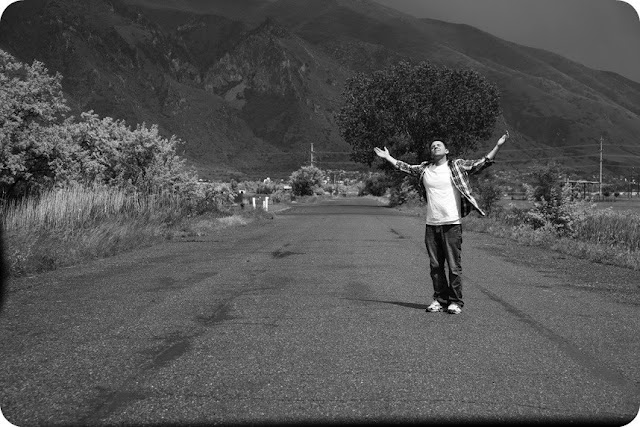Part 3: Aperture
Some of you hear that word and your mind goes completely blank. Apa-what? For others they feel a thrill of excitement because they’ve heard the word before, they know where the dial is to change it, but have no idea what it does from there.
Sound familiar?
Aperture is, in a nutshell, just how large or small of an opening there is in the lens of your camera—the diaphragm. Now, before you start to go and get all confused with numbers and settings, just think of it this way.
Your eye.
Seriously, you’ve got that little black area in the middle called the pupil (and not the type that goes to school—curse you, multi-meaning words!). As the light changes in your surroundings, your pupil dilates – it gets bigger and smaller. Many of us have taken part in the activity in elementary school where the teacher would have you look into someone’s eyes as the lights were dimmed or brightened. Or maybe you’ve watched TV and noticed doctors doing this with their little penlights to see if somebody has a concussion. However, my favorite illustration of aperture is from the movie, Jurassic Park.
Do you happen to remember that scene where the T-Rex is looking into the jeep during the rainstorm at Lex and Tim? If not, click HERE and watch from time code 1:10 to 1:17.
Now, as the T-Rex’s eye moves into the flashlight’s beam, it dilates – or gets smaller – allowing less light into the eye. This way, he wasn’t completely blinded in this intense light situation. Well, camera lenses are constructed in kind of the same way; they have an iris of sorts that allows more or less light to pass into the camera.
Does aperture make a little more sense now?
No?
If so, that’s probably because you might now know what the aperture is, but not what it really does. Well, if you have a camera that allows you to control the aperture (consult your manual to see which setting it is on your particular camera. On the Cannon it is often the letter A or AV that allows for this; on the Nikon look for the letters AP). The aperture helps to decide how much ‘in focus’ (or depth of field) there will be in your shot. A small opening, such as f22 (this is called a f-stop) is a very small opening which means that a LOT of the elements in your shot (both near and far) will be in focus altogether. A LARGE opening such as f2.8 will give you a very shallow depth of field (limited distance of things in focus all at one time).
So, in simple terms:
The smaller the number, the less there will be in focus. The larger the number, the more there will be in focus.
Kapish?
By changing the aperture settings on your camera, you are deciding how much of the shot you’d like in focus all at once. Now, the following image I didn’t take, but rather pilfered from the web. After all, why redo all of the work when somebody has already invented the wheel? So, because I didn’t take the photo, credit for the shot goes here.
As you can see, a smaller number such as f2.8 causes the depth of field to be very shallow, while a larger number such as f11 will increase this distance. However, don’t forget that that aperture is NOT depth of field; it only helps to control it. After all, focal length (how long your lens is, how zoomed in or out you are, and the distance from your subject) affects the depth of field. However, we won’t go into all that stuff because remember, we’re just covering the basics.
So, use a low number when you want a picture with the soft background, such as close up portraits. When you want scenery photos such as a shot of the Grand Canyon, you’d want a larger number so that many more elements would be sharp and crispy.
Make sense?
Good.
One final example…here are two images of the same shot.
Yes, it’s me, and my friend’s son, Tanner while down at Zion Canyon about two years ago. As you can see, with a shallower depth of field it helps to eliminate the distracting folks in the background and allows your attention to be drawn to what’s really important—your subject. In this case it would be those two devilishly handsome young men in the foreground.
And there you have it…aperture and depth of field; both are powerful tools you can use to help your photos be just a little bit better than they otherwise might have been.
Now it’s your turn! Play around with the aperture settings on your camera. Take multiple photos of the same thing from the same angle: a flower, rock, a child, or other object and see how the different settings affect the ‘crispness’ of your image. After all, you’ll never get any better if you don’t practice.
Until next time; shoot ‘til you get it.
Part 1: Introduction
Part 2: About Your Camera
Part 3: Aperture
Part 4: Shutter Speed
Part 5: White Balance
Part 6: ISO
Part 7: The Breath
Part 8: The Rule of Thirds

































































































